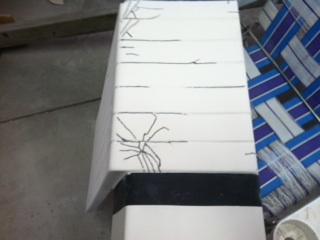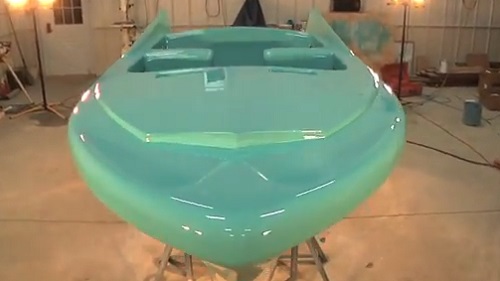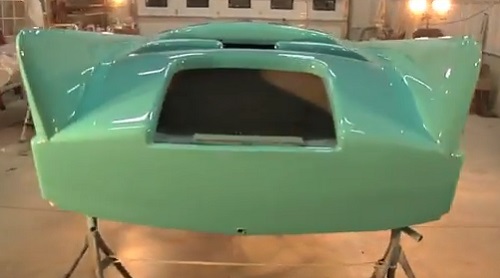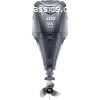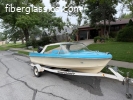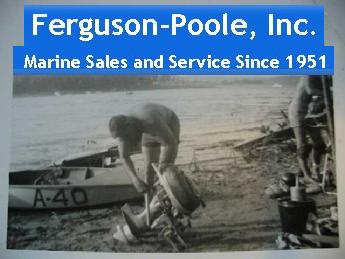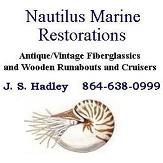|
Welcome,
Guest
|
|
TOPIC: Spider cracks v. stress cracks
Spider cracks v. stress cracks 11 years 9 months ago #88440
|
Please Log in or Create an account to join the conversation. |
Re:Spider cracks v. stress cracks 11 years 9 months ago #88442
|
Please Log in or Create an account to join the conversation. |
Re:Spider cracks v. stress cracks 11 years 9 months ago #88443
|
|
Please Log in or Create an account to join the conversation. |
Re:Spider cracks v. stress cracks 11 years 9 months ago #88445
|
Please Log in or Create an account to join the conversation. |
Re:Spider cracks v. stress cracks 11 years 9 months ago #88447
|
Please Log in or Create an account to join the conversation. |
Re:Spider cracks v. stress cracks 11 years 9 months ago #88453
|
Please Log in or Create an account to join the conversation. |
Re:Spider cracks v. stress cracks 11 years 9 months ago #88467
|
Please Log in or Create an account to join the conversation. |
Re:Spider cracks v. stress cracks 11 years 9 months ago #88469
|
Please Log in or Create an account to join the conversation. |
Re:Spider cracks v. stress cracks 11 years 9 months ago #88471
|
Please Log in or Create an account to join the conversation. |
Re:Spider cracks v. stress cracks 11 years 9 months ago #88509
|
|
Please Log in or Create an account to join the conversation. |
Re:Spider cracks v. stress cracks 11 years 9 months ago #88515
|
Please Log in or Create an account to join the conversation. |
Re:Spider cracks v. stress cracks 11 years 9 months ago #88522
|
|
Please Log in or Create an account to join the conversation. |
Re:Spider cracks v. stress cracks 11 years 9 months ago #88523
|
|
Please Log in or Create an account to join the conversation. |
Re:Spider cracks v. stress cracks 11 years 9 months ago #88524
|
Please Log in or Create an account to join the conversation. |
Re:Spider cracks v. stress cracks 11 years 9 months ago #88525
|
Please Log in or Create an account to join the conversation. |
Re:Spider cracks v. stress cracks 11 years 9 months ago #88534
|
|
Please Log in or Create an account to join the conversation. |
Re:Spider cracks v. stress cracks 11 years 9 months ago #88536
|
|
Please Log in or Create an account to join the conversation. |
Re:Spider cracks v. stress cracks 11 years 9 months ago #88538
|
Please Log in or Create an account to join the conversation. |
Re:Spider cracks v. stress cracks 11 years 9 months ago #88540
|
Please Log in or Create an account to join the conversation. |
Re:Spider cracks v. stress cracks 11 years 9 months ago #88541
|
|
Please Log in or Create an account to join the conversation. |
Re:Spider cracks v. stress cracks 11 years 9 months ago #88542
|
Please Log in or Create an account to join the conversation. |
Re:Spider cracks v. stress cracks 11 years 9 months ago #88554
|
Please Log in or Create an account to join the conversation. |
Re:Spider cracks v. stress cracks 11 years 9 months ago #88555
|
Please Log in or Create an account to join the conversation. |
Re:Spider cracks v. stress cracks 11 years 9 months ago #88585
|
Please Log in or Create an account to join the conversation. |
Re:Spider cracks v. stress cracks 11 years 9 months ago #88595
|
|
Please Log in or Create an account to join the conversation. |
Re:Spider cracks v. stress cracks 11 years 9 months ago #88605
|
Please Log in or Create an account to join the conversation. |
Re:Spider cracks v. stress cracks 11 years 9 months ago #88606
|
Please Log in or Create an account to join the conversation. |
Re:Spider cracks v. stress cracks 11 years 9 months ago #88607
|
Please Log in or Create an account to join the conversation. |
Re:Spider cracks v. stress cracks 11 years 9 months ago #88610
|
Please Log in or Create an account to join the conversation. |
Re:Spider cracks v. stress cracks 11 years 9 months ago #88612
|
Please Log in or Create an account to join the conversation. |
Re:Spider cracks v. stress cracks 11 years 9 months ago #88613
|
Please Log in or Create an account to join the conversation. |
Re:Spider cracks v. stress cracks 11 years 9 months ago #88614
|
Please Log in or Create an account to join the conversation. |
Re:Spider cracks v. stress cracks 11 years 9 months ago #88615
|
|
Please Log in or Create an account to join the conversation. |
Re:Spider cracks v. stress cracks 11 years 9 months ago #88616
|
Please Log in or Create an account to join the conversation. |
Re:Spider cracks v. stress cracks 11 years 9 months ago #88617
|
Please Log in or Create an account to join the conversation. |
Re:Spider cracks v. stress cracks 11 years 9 months ago #88653
|
Please Log in or Create an account to join the conversation. |
Re:Spider cracks v. stress cracks 11 years 9 months ago #88655
|
Please Log in or Create an account to join the conversation. |
Re:Spider cracks v. stress cracks 11 years 9 months ago #88656
|
|
Please Log in or Create an account to join the conversation. |
Re:Spider cracks v. stress cracks 11 years 9 months ago #88668
|
|
Please Log in or Create an account to join the conversation. |
Re:Spider cracks v. stress cracks 11 years 9 months ago #88676
|
Please Log in or Create an account to join the conversation. |
|











